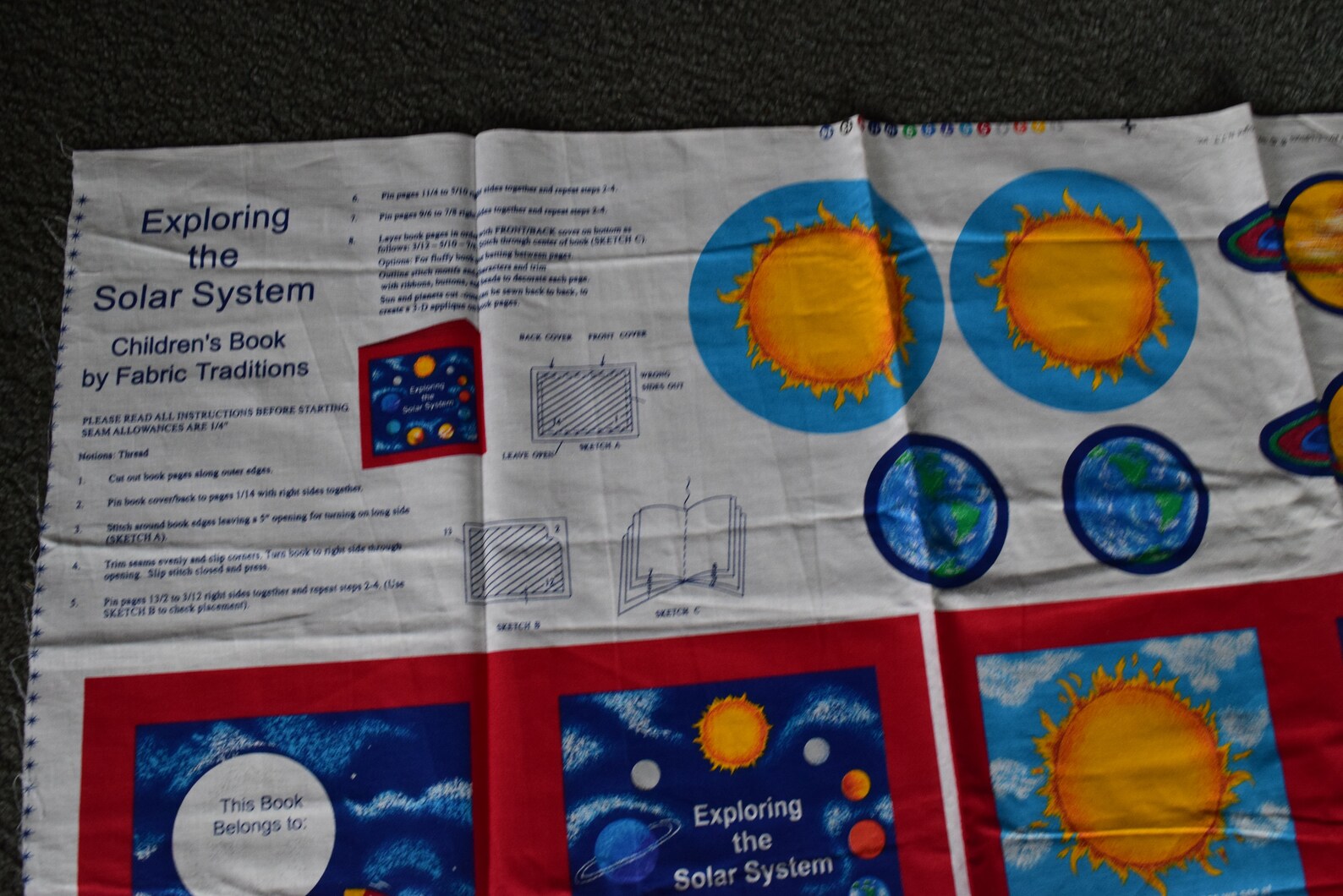

being tpivot the mean time stamp and k2, k3 respectively the linear. But in light of the discoveries made by the Cassini, Dawn, and New Horizons spacecraft, scientists have been revisiting the data collected by Voyager in addition to the data obtained by ground-based telescopes. One solar panel on your roof will produce an average of 1,350 watts or 1.35 kWh per day. analogues in other words, systems featuring lower-mass inner planets in the.

The Voyager spacecraft flew by Uranus a long time ago, in 1985. The space agency has only ever flown one spacecraft, Voyager 2, by the seventh planet in our Solar System. 1 Exploring the Solar System Issue Date: JCity: Anaheim, CA Quantity: 1,695,000 Printed by: American Packaging Corporation for Sennett Security Products Printing Method: Photogravure Perforations: 10. 12 hours ago &0183 &32 An audio interview with Dr. Besides being known for its funny name and its brilliant cyan shade, Uranus has at least 27 moons. Now, NASA may need to add the moons of Uranus to its exploration hit list. 38.50 face value in just stamps These are collectible though. And just last month, the European Space Agency launched a spacecraft, Juice, to explore several icy moons at Jupiter. US Stamp Collection Exploring The Solar System - Space / Moon Holographic Stamps. Another mission may launch to Saturn's moon Titan a few years later, where there are oceans of liquid methane on the surface. In response to these discoveries, NASA is planning to launch a mission to Europa, an ice-encrusted moon in the Jovian system, as early as 2024. Dusty rings surround Fomalhaut, a young star outside of our solar system thats 25 light-years from Earth. This was exciting because where there is water in its liquid state, there is the possibility of life. John Kappenman, a solar storm analyst, talking about his research on how space weather affects the power grid on the Space Weather Living History podcast. But the most consistently interesting discovery made by these probes was that Jupiter and Saturn are surrounded by small and large moons covered in ice, possessing large water oceans below, or both. 12 hours ago &0183 &32 An audio interview with Dr. The spacecraft investigated all manner of intriguing moons, from little radiation-saturated hellholes to a world covered in volcanoes. Read on for more about the science behind each stamp.In recent decades, NASA has sent large spacecraft-Galileo and Cassini, respectively-to fly around Jupiter and Saturn to explore the dozens of moons that exist in those planetary systems. Explore the story behind the stamps’ design from the U.S. The new set of stamps features 10 images from SDO. A spherical 'cloud' of comets, known as the Oort Cloud, surrounds the outer reaches of our solar system. “We can track all those magnetic fields and sunspots moving around, and how that feeds into the next solar cycle – which is in its nascent phase now.” Mark Cheung, principal investigator for SDO’s Atmospheric Imaging Assembly at the Lockheed Martin Solar and Astrophysics Laboratory in Palo Alto, California. “If we want to understand what makes the Sun tick, we need to have this long-term record,” said Dr. Tax equity investors commonly fund 40 of the purchase price of the solar panels or of the overall project cost. Though scientists’ understanding of this cycle has improved in decades and centuries past, SDO’s data is helping uncover even more detail. During high points in the cycle, solar activity like solar flares and coronal mass ejections – which can impact technology on Earth and in space – are more common. SDO’s long data record is particularly useful for studying the Sun’s regular activity cycles, which swing between high and low activity approximately every 11 years. It’s giving us the big picture, one detail at a time.” “We see events big, we see events small, and now we start to see how each size affects the others. Dean Pesnell, SDO project scientist at NASA Goddard. “What SDO has done is given us the ecology of the Sun,” said Dr.

And with more than a decade of observation under its belt, SDO has provided scientists with hundreds of millions of images of our star. Week 2 July 17-21: Outer Space Travel out of this world and explore the solar system through art Week 3: July 24-28 ArtTech.

SDO also measures the Sun’s magnetic field and the motion of solar material at its surface, and, using a technique called helioseismology, allows scientists to probe deep into the Sun’s interior, where the Sun’s complex magnetic fields sprout from.


 0 kommentar(er)
0 kommentar(er)
